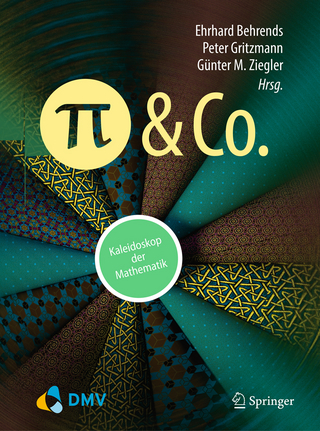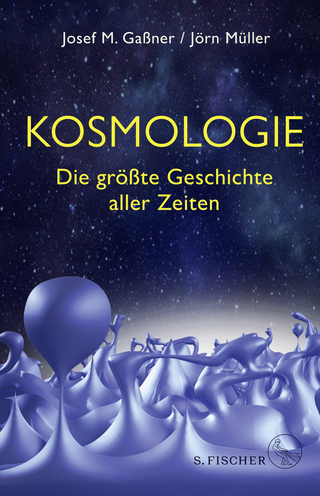
Metal-semiconductor hybrid nanoparticles: Halogen induced shape control, hybrid synthesis and electrical transport
Anchor Academic Publishing (Verlag)
978-3-95489-302-7 (ISBN)
Textprobe:
Kapitel 2, Halogen induced shape control of CdSe nanoparticles:
Due to their special size dependent optical and electronic properties semiconductor nanoparticles find application in photovoltaics [18, 19], (photo)catalysis [1, 12], light emitting devices [20] and biological labelling [21, 22], among others [23].
In these contexts, the shape of the nanoparticles may become important due to physical properties depending on the dimensionality of quantum confinement in the nanostructure or simply their packing behaviour [3, 24, 25, 26]. Apart from their morphology, an aspect that is critical for applications is the passivation of the nanoparticle surface by stabilisers.
Owing to the successful implementation of nanoparticles partially capped by or post synthetically treated with halides into solar cells with increased efficiency [27, 28], incorporation of atomic halogen ligands has attracted much attention recently [29, 30, 31, 32, 33]. In addition to enhancing physical properties in nanoparticle arrays, halides show interesting effects on the shaping of nanoparticles. With metal nanoparticles they are deliberately employed to control the growth with influences on the shape formation [34, 35]. For semiconductor nanoparticles, several cases of wurtzite structures with hexagonal bullet, pyramid, pencil or diamond shape were reported which had in common that chloride precursors were present [36, 37, 38]. A few studies showed an increase of morphological uniformity in branched cadmium chalcogenides with wurtzite arms growing on seeds of deviating crystal structures when halides were added [39, 38, 40]. Juárez and co-workers observed how traces of 1,2-dichloroethane employed as solvent for carbon nanotubes added in situ to a synthesis of CdSe nanorods induced a shape evolution [15, 16]. Hexagonal pyramidal nanoparticles with wurtzite structure evolved, which then formed composites with the nanotubes. Chloroalkanes were furthermore reported to aid the preparation of sheetlike lead sulfide nanostructures with the chemical structure of the molecules influencing the dimensions of the crystals [41, 42]. These circumstances built a promising foundation for further studies on the shape control of semiconductor nanoparticles by halogen compounds with CdSe as a model system with well-known properties. An extension of feasible morphologies presents an attractive goal with respect to increasing demands on the control of nanoparticle shapes for application in thin lm arrays or as seed material with controllable reactive sites for heteronanoparticle formation.
In the following, the most important theoretical aspects of the wet-chemical nanoparticle synthesis and methods of semiconductor nanoparticle shape control will be introduced. They will lay the basis for the discussion of aspects of the shape control of CdSe nanoparticles aided by (organo) halogen compounds examined in this work. For more detailed insights into properties and preparation of nanoparticles, references [23, 43, 44, 45, 46] are suggested. A substantial part of the chapter is based on and reproduced in part with permission from [Meyns, M., Iacono, F., Palencia, C., Geweke, J., Coderch, M. D., Fittschen, U. E. A., Gallego, J. M., Otero, R., Juárez, B. H., Klinke, C. Chem. Mater. 2014, 26, 1813-1821.] Copyright [2014] American Chemical Society.
2.1, Properties and synthesis of semiconductor nanoparticles:
The field of semiconductor nanoparticle synthesis offers a wide and growing variety of synthetic protocols and factors that can be tuned to influence and design the dimensions and shapes of the crystals. Known morphologies range from zero-to two-dimensional in terms of bulk-like dimensions (quantum dots [47], nanotubes and nanowires [48, 49], tetrapods [50], nanosheets [51, 52]). This is appealing in so far as the shape of nanoparticles influences physical and chemical properties through changes in electric fields and crystal facet dependent surface reactivity [
| Erscheint lt. Verlag | 9.7.2014 |
|---|---|
| Zusatzinfo | 30 Abb. |
| Sprache | englisch |
| Maße | 155 x 220 mm |
| Gewicht | 463 g |
| Themenwelt | Sachbuch/Ratgeber ► Natur / Technik ► Naturwissenschaft |
| Naturwissenschaften ► Chemie | |
| Schlagworte | Chemie |
| ISBN-10 | 3-95489-302-9 / 3954893029 |
| ISBN-13 | 978-3-95489-302-7 / 9783954893027 |
| Zustand | Neuware |
| Haben Sie eine Frage zum Produkt? |
aus dem Bereich


